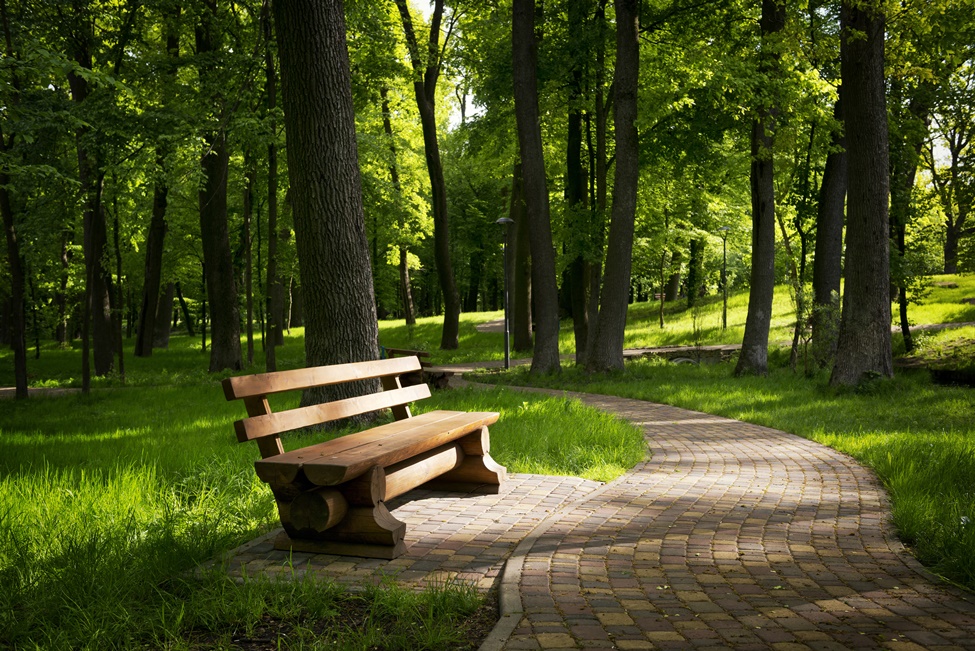A new, free guide—Tree Species Selection for Green Infrastructure: A Guide for Specifiers—is designed to enable you to select appropriate trees to enhance the resilience of your urban reforestation and green infrastructure programs. By doing so, you will enhance the benefits bestowed on our communities by trees, help enrich our shared landscape and create a more sustainable urban forest for future generations.
A series of chapters provide a commentary on the interpretation of this guide and tree species selection for green infrastructure. Specific information on over 280 trees is included in the Tree Profiles and a Tree Selector tool helps you identify candidate trees by a range of criteria.
Foreword by Tony Kirkham, Head of Arboretum, Gardens & Horticulture Services, Royal Botanic Gardens, Kew:
The act of planting a tree is a huge investment. It is often celebrated as an inherently generous act as most of the benefits the tree provides will be endowed on subsequent generations, not the person who planted it. Of course, this is very true, but the gift of planting a tree is completely worthless unless the tree successfully establishes and thrives within the landscape.
Our future treescapes are not determined by the number of trees planted but by those that have established, reached independence and have a bright, sustainable future for all to enjoy. One of the great joys of trees in our parks, gardens and landscapes is their diversity and the many aesthetic attributes that they provide us with, including flowers, fruit, bark colour, and leaf shape and colour.
For those with a passion for trees, this is an endless source of intrigue and fascination. It has certainly been a great source of pleasure and satisfaction for me to celebrate the diversity of trees by planting many different species in the arboretum and gardens at the Royal Botanic Gardens, Kew, as well as being the custodian of the trees planted by my predecessors. For those planning our future landscape, tree selection is one of the most important aspects
of landscape design, arboriculture or horticulture; if we get it wrong we have failed in our duties.
The diversity of tree species represents an opportunity to plant the right tree in the right location, giving it the best chance of a sustainable future, thereby creating resilience within the tree population to climate change and the introduction of exotic pests and pathogens. The challenge, therefore, is to understand how this diversity, expressed by trees, can lead to more appropriate tree selection decisions for our gardens, towns and cities.
In light of all this, I was extremely pleased to learn that NERC were supporting a green infrastructure Innovation Project, focusing on tree selection for our urban environment. Historically, too many selection decisions have been made on the basis of simple aesthetics or on superficial, contradictory reference information. Therefore, the approach that Andrew Hirons and Henrik Sjöman have of using science to underpin guidance represents a significant step forward in the quality of information available to those specifying trees.
Tree Species Selection for Green Infrastructure: A Guide for Specifiers collates a wide range of information and presents it in an accessible way. I am sure that this guide will be a valuable asset to many who have the vision to plant trees.
Photo via Adobe Stock.

